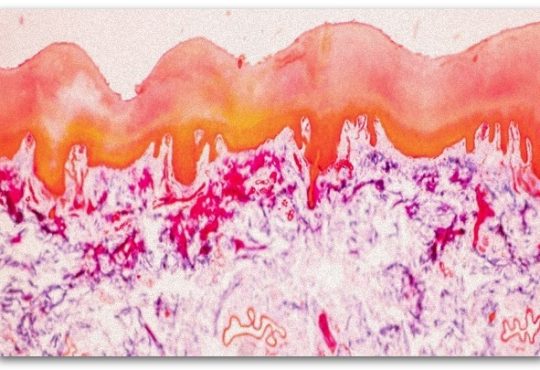
Microplastics are all around us, and as research shows, they follow us even before we are born.
Microplastics, which are considered potentially toxic, were found in the placenta of every woman tested, raising concerns about the wider impact on the lives of all mammals.
This is a surprising discovery of a new study by scientists from the University of New Mexico.
Senior study author Matthew Campen expressed the seriousness of the situation.
“If we see effects on the placenta, then it could affect all mammalian life on this planet. That’s not good,” he says. Campen also emphasized the potential escalation of the problem. “This problem will worsen over time because all that plastic in our environment breaks down and becomes microplastic, and the concentrations will increase,” he explained.
An innovative new method for detecting the presence of microplastics in tissue
The aforementioned study used an innovative method, pyrolysis-gas chromatography and mass spectrometry (Py-GC-MS), which allowed scientists to extract microplastics from placental tissue.
The method involved heating the samples to the point of combustion, which allowed the scientists to capture the chemical fingerprint of the various particles. This advanced technique enables the analysis of a variety of tissue samples, including human tissues.
The results of the research were published in the journal Toxicological Sciences.
Campen emphasized the importance of Py-GC-MS, noting its ability to detect fragments down to the nanometer range, overcoming the limitations of conventional microscopes.
“We are able to get a complete picture in one count of all the different sizes and shapes of all the different plastic particles found in the tissue,” he explained.
A problem that needs to be solved urgently
The results of the research emphasize the urgency of solving the problem of microplastics in the environment.
“This is important for scientists in this field, because all microplastics in the environment will only continue to break down and become even smaller,” Campen points out.
The study also raised questions about the process by which microplastics are transferred to the developing fetus.
“We absolutely think there is some kind of transfer process,” Campen said.
He highlighted the possibility of microplastics taking advantage of the passage of fat through the umbilical cord, which is crucial for fetal development.
“Your body needs it, as does the growing fetus. “We think nanoplastics hijack that system,” says Campen.
Although the study revealed alarming results, Campen also warns not to panic about exposure to microplastics during pregnancy. Trying to change the diet to avoid microplastics, Campen believes, can have negative effects on the health of the fetus.








